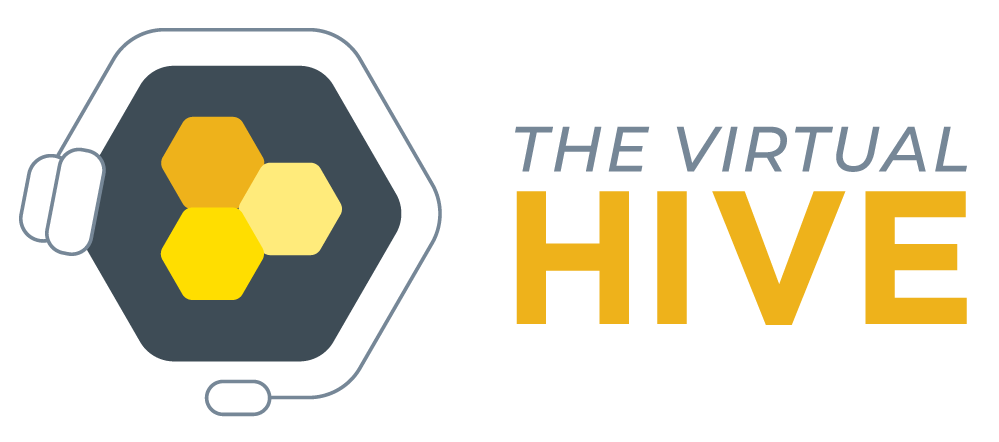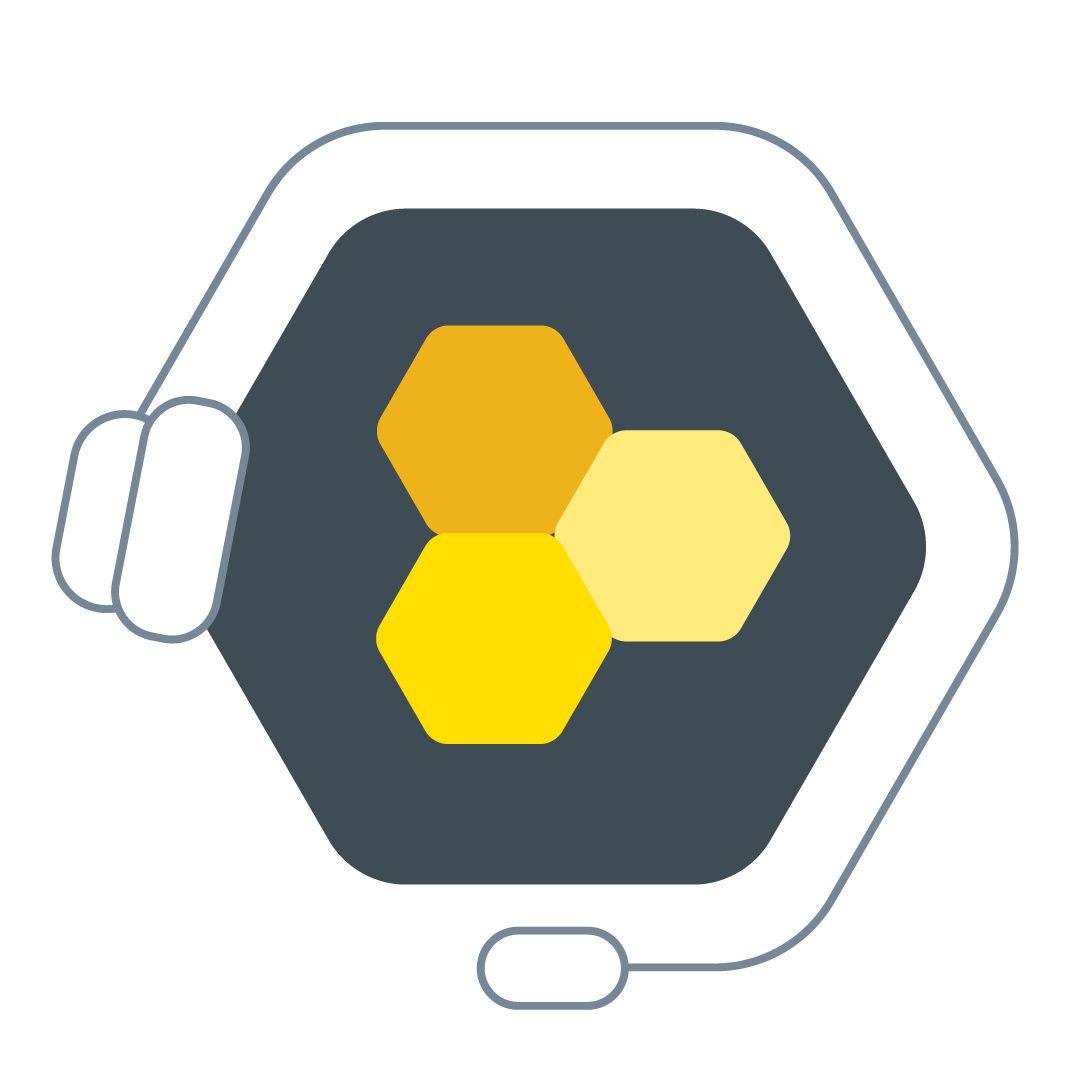Christopher Ridenhour is a seasoned Leadership and Development trainer. He has worked mainly in person the past 20 years and was forced into virtual with the pandemic. His comfort level with virtual technology is moderate. His teaching style is candid, go-with-the-flow, and highly adaptable. He enjoys catering his trainings to what the audience needs to hear or learn. He is light hearted, witty, and enjoys engaging his audience.
Our first project together was for an Ombudsman group in Colorado. Christopher and I met to lay out expectations and needs. We decided I would be in charge of the following:
Helping Christopher write down goals, learning objectives, and an outline for his content.
Collaborating on engagement activities and overall flow of content.
Holding Christopher accountable with deadlines and meetings. Christopher humbly admitted to me he is not great at following through on tasks. He needed help staying on task and requested help with this. We agreed to have follow up calls to check in on his progress.
Providing live in-session support through tech checks, audience orientation, preparing and initiating activities, and basic analytics.
Holding meeting after to debrief session and discuss our team dynamic.
I shared with Christopher The Virtual Hive VILT Development Map. This resource is to help him write down his progress on the goals, learning objectives, outline, and engagement activities for the project. We scheduled to follow up for the next week.
Accountability check #1: Christopher and I were able to record training goals and objectives.
Accountability check #2: Christopher was able to report he had finished the outline. He was almost done with slide deck.
Engagement meeting: We ran through rough draft of slide deck to determine audience engagement activities. I started building The Producer Roadmap, which is a form helping me prepare and navigate the training.
Rehearsal: Christopher shared the final slide deck with me. We then ran an official rehearsal. During this time, we made sure we understood each others role and timing. I taught Christopher about giving the group to me for any platform instructions (initial orientation, breakout start/stop, chat, etc). He requested I be another voice in the room, adding engagement, bringing his attention to missed chat messages, or notifying of hand raises.
Live Event: Christopher and I met 30 minutes prior to event. The Ombudsman group was hosting the event from their Zoom account. They let us in and promoted us both to co-host. We did a tech check- tested Christophers screen share, audio, video, and mp4 files. When disabling waiting room, I played background music while welcoming the participants. We expected a group of 50. As the group arrived, I gave them a simple orientation (mute, unmute, video, chat). I asked the group to introduce themselves in the chat with their name, location, and something unique about themselves. At start time, the director decided to give the training a few more minutes to allow more to arrive.
MORE DETAILS COMING SOON

